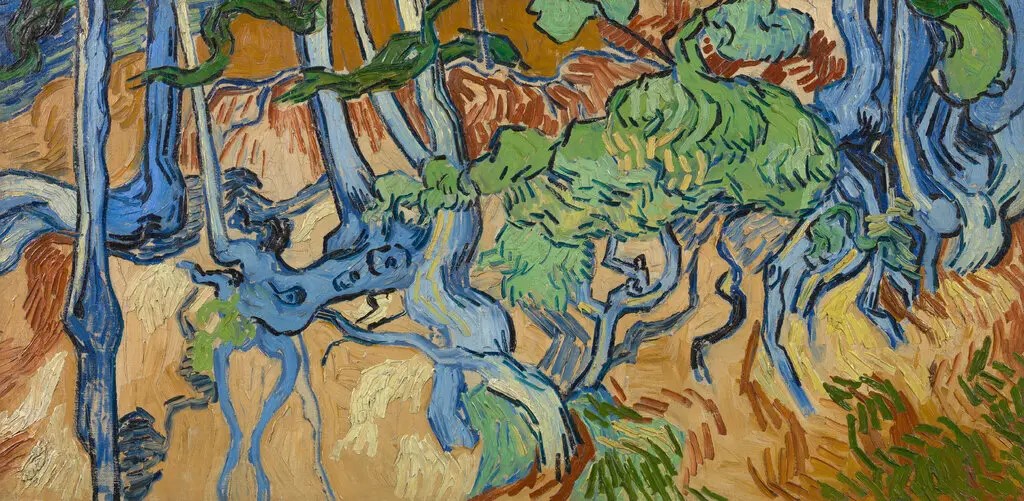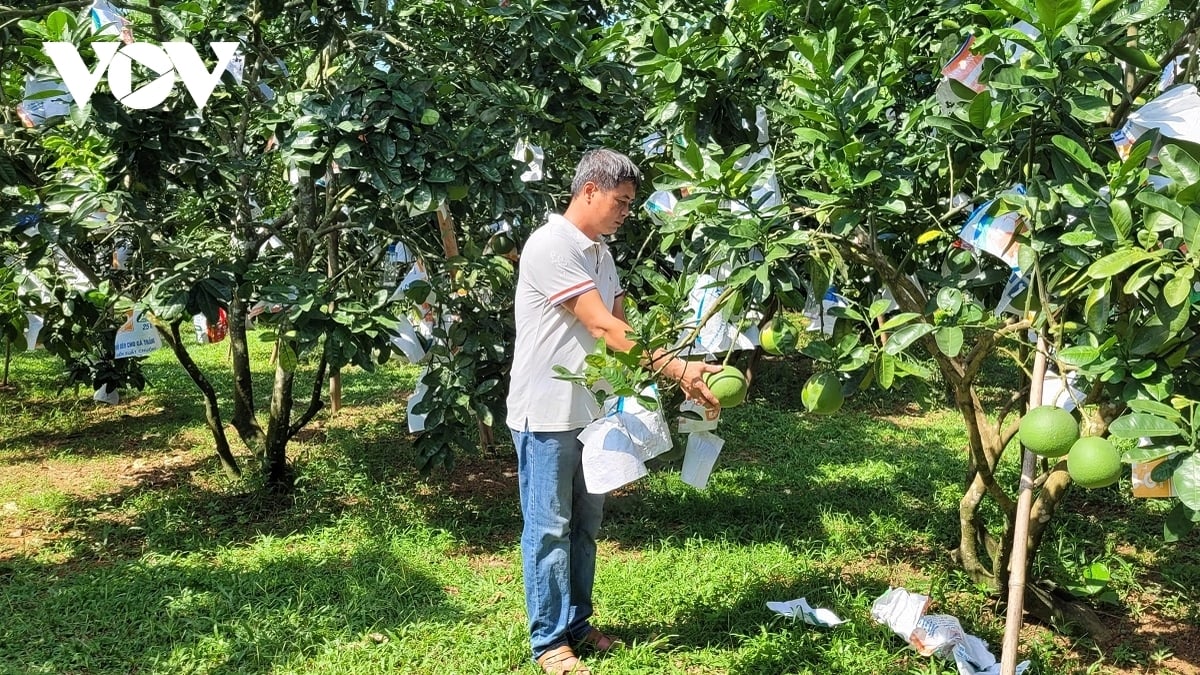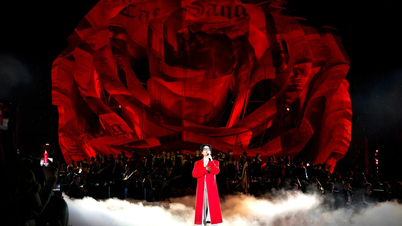With 50 paintings and 30 sketches by Dutch artist Van Gogh exhibited this time at the Van Gogh Museum in Amsterdam (Netherlands), for the first time, visitors have the opportunity to take a deeper look into a short but extremely special period of his work.
 |
| Art researchers believe that the painting “Tree Roots” is the last painting by Dutch artist Van Gogh. Photo: Van Gogh Museum |
During the final months of his life in a village in France, despite his mood gradually falling into a spiral of despair, the famous painter Van Gogh still had moments of extreme sublimation to create many masterpieces of painting. A series of his works created during this period are collected and displayed for the first time in an unprecedented exhibition in the capital city of Amsterdam (Netherlands) from May 12 to September 3.
Drain the "essence"
The exhibition, titled “Van Gogh in Auvers. His Final Months,” brings to viewers 50 of the 74 paintings he painted during his final days in the commune of Auvers-sur-Oise northwest of Paris, before he died by suicide at the age of 37.
According to the exhibition curators, more than 30 of the sketches on display have been borrowed from museums and private collections around the world . Notably, they have never been “arranged” together in an exhibition like this before.
“This is a one-time exhibition about the last 70 days of Van Gogh's life,” Emilie Gordenker, director of the Van Gogh Museum, told reporters at a meeting on May 10 before the exhibition.
“During that time, he worked as a ‘spirit medium’, creating some of his most remarkable works, including the foreboding ‘Wheatfield with Crows’ and a melancholy portrait of his friend, Dr Paul Gachet,” said Emilie Gordenker.
One-of-a-kind exhibition
What makes “Van Gogh in Auvers. His Final Months” unlike any other Van Gogh exhibition is that the paintings are arranged in chronological order, from the first painting after the Dutch artist arrived in the French village, to his last, “Tree Roots,” painted just two days before his death.
The painter Van Gogh arrived in Auvers-sur-Oise near Paris on May 20, 1890, after living for a while in Arles and Saint-Remy-de-Provence in southern France and having suffered from mental illness several times.
When he first arrived in Auvers he was full of hope and enthusiasm, thanks largely to the presence of Dr. Gachet, a specialist in treating melancholic depression. It was also in this village that he entered one of his most intense and productive periods of writing.
“Vincent had a very difficult time before he came to Auvers,” said Emilie Gordenker. “He was really suffering from mental illness. He came to Auvers and he had a new energy, he was very passionate about his work,” she continued.
Meanwhile, Ms. Nienke Bakker, senior curator of art at the Van Gogh Museum, told AFP about this period of Van Gogh: "He certainly worked very quickly. But he also knew exactly what he was doing."
“When preparing the exhibition, we were amazed not only by the number of paintings he produced in Auvers in such a short period of time, but also by their extraordinary quality, as well as the confidence, the capacity for expression and the experimentation with which he did it until the very end,” said Nienke Bakker. “That shows that he was an extraordinary artist.”
But as time passed, a feeling of unease crept up on Van Gogh as one can sense in paintings like “Wheatfield with crows” and later “Wheatfield under Thunderclouds”.
In fact, in a letter to his brother Theodorus, Van Gogh also spoke about his last painting, “Tree Roots,” with sentences like “my life has been attacked to the very roots, my steps have faltered.” Feelings of failure, loneliness, and sadness gradually defeated the artist, and two days later, not long after completing “Tree Roots,” he committed suicide by shooting himself in the chest.
The exhibition “Van Gogh in Auvers. His Final Months” will be on display from May 12 to September 3 this year and will be transferred to the Orsay Museum from October 3, 2023 to February 4, 2024.
TRAN DAC LUAN (according to AFP)
Source link





























































































![[Infographic] In 2025, 47 products will achieve national OCOP](https://vphoto.vietnam.vn/thumb/402x226/vietnam/resource/IMAGE/2025/7/16/5d672398b0744db3ab920e05db8e5b7d)





Comment (0)